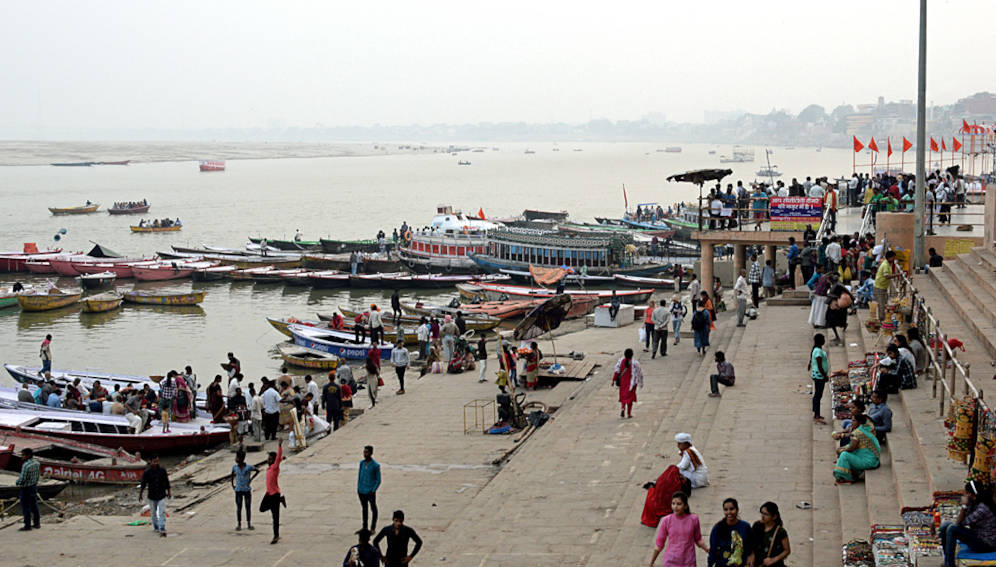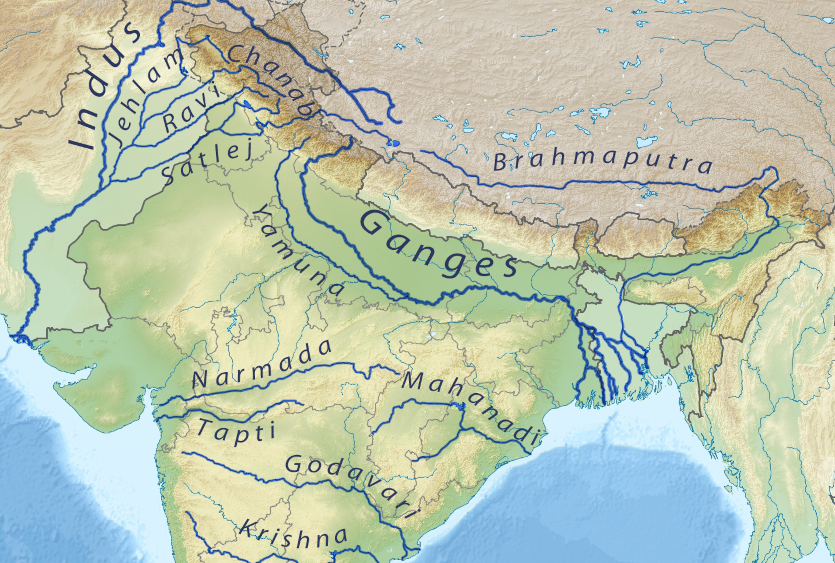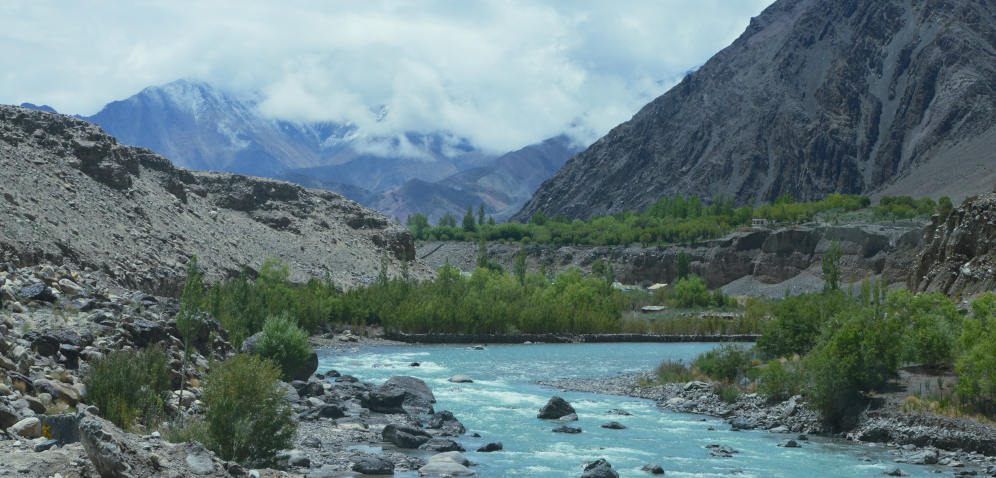25/03/24
Future of 1bn people in South Asia hinges on water pact

By: Athar Parvaiz
Send to a friend
The details you provide on this page will not be used to send unsolicited email, and will not be sold to a 3rd party. See privacy policy.
[NEW DELHI] Better collaboration is urgently needed to mitigate the impacts of climate change on three key river basins in South Asia – the Brahmaputra, Indus and Ganges – according to new analysis.
The three rivers provide food and water security to nearly a billion people in some of Asia’s most vulnerable communities, as well as underpinning industry and industrial policies in one of the most densely populous and geopolitically sensitive zones in the world.
In a series of reports, scientists call for joint action to tackle what they see as a lack of planning, research, cooperation and data sharing in these basins, highlighting growing pressures on water resources in the Hindu Kush Himalaya region from population growth and rising temperatures.
“For too long, water security has been cast as a zero-sum game, but as this research shows it is possible for countries and stakeholders with varied interests to identify areas for collaboration.”
Russell Rollason, lead author, Indus report
The reports, released by the International Centre for Integrated Mountain Development and the Australian Water Partnership on March 20 in Kathmandu, stress that collaboration among riparian countries (nations along bodies of water) is vital for sustainable energy strategies, water security, and disaster resilience.
They warn that the current approaches raise the risk of destabilisation and crisis.
Russell Rollason, lead author of the Indus report, said: “For too long, water security has been cast as a zero-sum game, but as this research shows it is possible for countries and stakeholders with varied interests to identify areas for collaboration – protect vulnerable communities, maintain biodiverse ecosystems, and grow economies.”
The report on the Brahmaputra identifies a number of challenges, including enhancing institutional capacities, promoting research and monitoring, and implementing effective flood control measures.
The analysis on the Indus and Ganges, meanwhile, highlights increasing competition for hydropower, food and water insecurity, and data gaps as problems to overcome.

Map showing major rivers flowing through India and neighbouring countries. Adapted from Wikimedia Commons.
All three reports point to the need to use science for building trust, improving basin management and rejuvenating existing agreements in order to boost climate resilience.
Anamika Barua, professor of ecological economics at IIT Guwahati in India, said: “One common theme across [all these] basins is non-cooperation.
“So, the riparian countries have to get serious about joint action as quickly as possible. But for that to happen, the scientific community needs to create positive narratives around these basins with the help of media, an area where capacity building is also required.”
Data sharing, open dialogue
The analysis calls for new forms of cooperation through the application of ‘integrated river basin management’ (IRBM) approaches, which take a “basin-wide” approach to river planning. IRBM is underpinned by increasing the availability and sharing of high-quality, reliable data on water availability, biodiversity, pollution, and other indicators of ecological health, as well as risks such as natural disasters.
Under IRBM, water discussions are opened up to wider stakeholder groups, especially local and Indigenous knowledge holders and vulnerable communities including disabled and lower caste groups, the reports’ authors said.
Researchers cited the Mekong basin as an example of successful cooperation among riparian countries.
The Indus basin stretches for about 3,200 km and is a major source of water for drinking, household use, irrigation, and energy production for 268 million people.



Indus River in Ladakh Himalayas. Photo by: Athar Parvaiz
“Changes in precipitation, vulnerability to catastrophic events, and increased variability in water availability will affect all four basin countries Afghanistan, China, India, and Pakistan,” said the Indus report.
It added that in India and Pakistan, where water supply is already stressed and storage capacity is low, water demand is predicted to increase by 50 per cent by 2047, with climate change alone responsible for up to 15 per cent of rising demand.
Floods, droughts intensify
Just under half of India’s population and almost all of Nepal’s 29 million people live in the Ganges basin, as do millions in Bangladesh.
“Some of South Asia’s poorest and most marginalised populations live on the banks of the river, and are dependent on it for fishing, tourism, and aquatic ecosystem services for their livelihoods,” said the Ganges report.
It added: “Disastrous floods already happen yearly, and during the dry season water scarcity and droughts are already common. Both are likely to increase in both frequency and severity due to climate change.”
Meanwhile, about 114 million people depend on the Brahmaputra River basin for water, electricity, food, agriculture and fishing: 58 million in Bangladesh, 39 million India, 16 million in China and 700,000 in Bhutan.
The researchers describe it as “one of the world’s most densely populated, and least developed zones”, spanning two biodiversity hotspots.
They warn that rising demand for food, energy, and water in the basin countries is putting pressure on the river’s water resources and biodiversity conservation areas.
A separate report by UNESCO released last week (22 March) warns that tensions over water are worsening conflicts worldwide and urges countries to boost international cooperation and transboundary agreements to preserve peace.
While more than 3 billion globally depend on water that crosses national borders, only 24 countries have cooperation agreements for all their shared water, it says.
This piece was produced by SciDev.Net’s Asia & Pacific desk.













